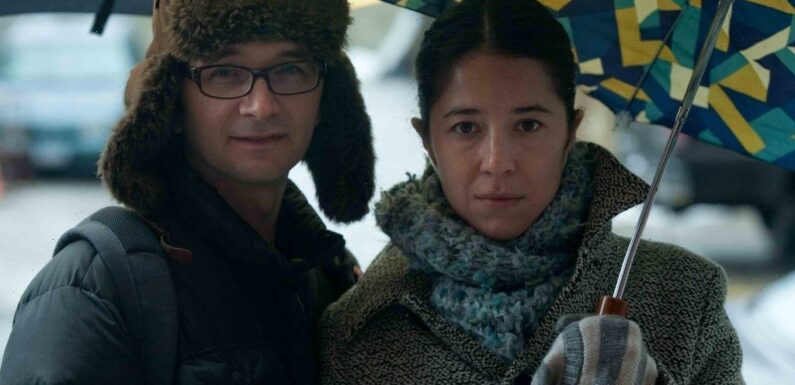
Before streaming platforms took over home entertainment, there was New York City’s legendary video rental store Kim’s Video. With more than 55,000 beloved and rare movies to choose from, the Kim’s Video flagship store in St. Marks Place was essential stomping ground for not just cinefiles, but anyone who liked watching movies. The knowledgeable clerks could be scary, but being able to access the vast collection of films was worth being yelled at for not knowing enough about Hungarian cinema. The store was a magnet for big-name filmmakers including Martin Scorsese, Quentin Tarantino and the Coen brothers. Then, in 2008, facing a changing industry, Kim’s Video founder, Yongman Kim, offered to give away his collection provided that it stay intact and be available to Kim’s Video members. Not long after, before all late fees had been collected from customers including Joel Coen, the archive found a new home in the small Italian village of Salemi, Sicily. In August 2016, filmmaker David Redmon, who credits Kim’s Video for his film education, set out on a quest to visit and ultimately free the legendary collection of movies. That mission is the subject of “Kim’s Video.” Directed by Redmon and Ashley Sabin, “Kim’s Video,” which Fremantle executive produced, will open the Sundance Film Festival’s NEXT section on Jan. 19.
You spent six years making this documentary. What kept you going?
Redmon: It was the ghost of cinema that carried us to make the movie over the course of six years. When I entered the Kim’s Video collection [n Sicily], the movies told me they wanted to go home. They needed to be touched. They wanted to be seen. They wanted to be heard again. They asked me, “Can you help?” and I promised the movies that I would go back and help one day. They helped me, so I was going to help them. Eventually the objective of relocating the collection became the primary purpose and then the movie just surrounded that motive.
What do you mean when you say that the movies helped you?
Sabin: Those movies really helped form our film voice. We didn’t go to film school and so we were just delving into that collection almost every night. So to see the state that the collection was in, in Salemi and not do anything about it didn’t fit right with us.
Redmon: It was painful.
In the doc, you incorporate numerous movie clips. Could this film exist without Fair Use?
Sabin: Those clips are so important because this is a film about films. So, it would have been really difficult to make this [doc] without having film clips in it.
Do you consider this a niche doc for niche audiences?
Sabin: It’s a film for anyone who has lost something and is trying to find it.
You are looking for distribution. Am I right to assume that you are aiming for a theatrical run?
Redmon: Yes. We want a theatrical run and then we want to make a fictional film based on the making of this movie. That’s our next objective. We want to write a book. We want to make a play. We want online. We want educational [sales]. We want it all. I mean, who doesn’t?
Read More About:
Source: Read Full Article